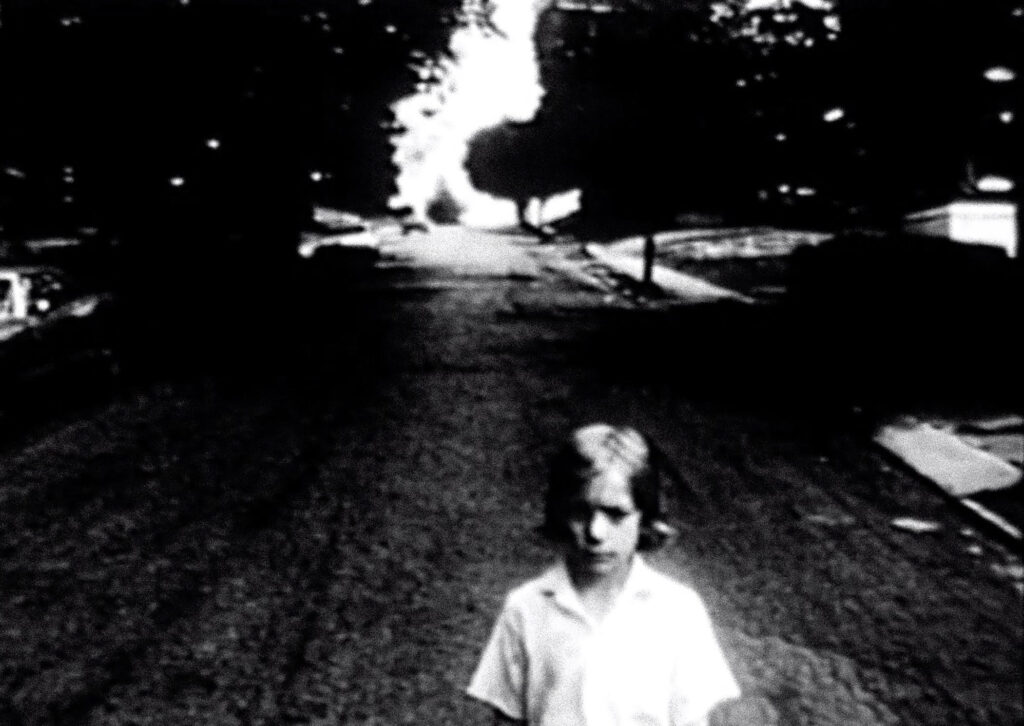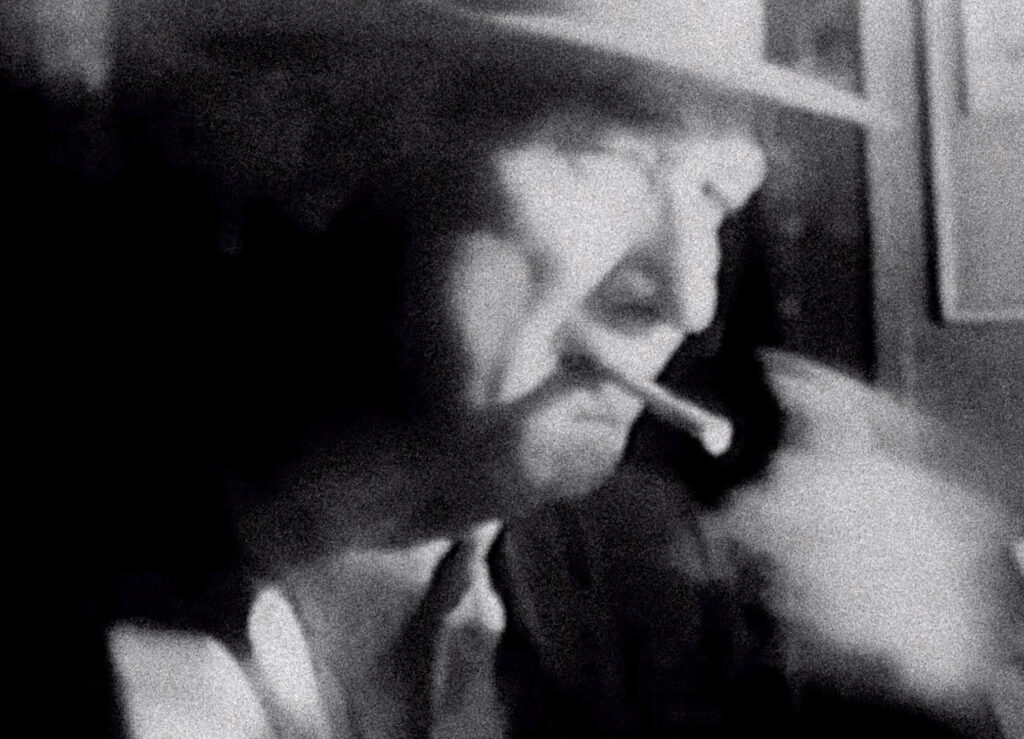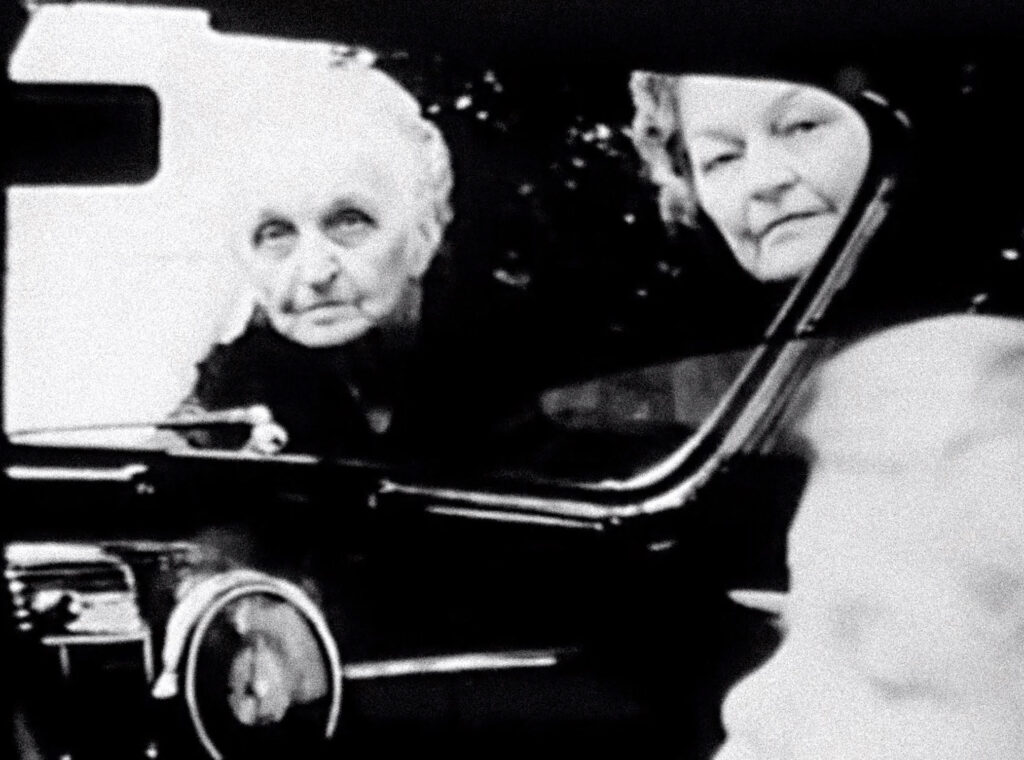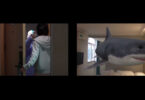Remember the movie, The English Patient? Canadian novelist and poet, Michael Ondaatje, who wrote the book on which the film was based, was invited to be on the set during filming. But what attracted Ondaatje was not so much the intense crucible of camera locations as the relative calm of the screening rooms where the film’s editor, the legendary and sage Walter Murch, viewed, studied and made notes on the uncut rushes of scenes shot the day before. Writing and film editing are kindred tasks, and these two formed a relationship that continued after the making of The English Patient and resulted in another Ondaatje book, The Conversations: Walter Murch and the Art of Editing Film.
Fast forward to me (maybe in the car?) listening to a CBC interview with Ondaatje promoting this book, and an electrifying subject comes up: the curious relationship between films — particularly how they are stitched together — and dreams. I cannot remember if it was the interviewer or Ondaatje who brought this up. Memories, like dreams, are funny that way.

Part of what Murch says to this point in The Conversations is this: “I believe that one of the secret engines that allows cinema to work, and have the marvelous power over us that it does, is the fact that for thousands of years we have spent eight hours every night in a ‘cinematic’ dream-state, and so are familiar with this version of reality.”
It is, when you think of it, a wonderful befuddlement that our conscious mind bumps into as we try, in the morning, to recount a dream and have to explain away an illogical transition that was so seamless in the more fluid environment of our dream-weaving subconscious, where the cutting, the splicing, the re-ordering of our memory is done.

Trained as a painter, printmaker and photographer, Richard Myers found in film a medium with which he could, as he has written, “…‘paint’ images from my dreams and personal memory.” While in The Conversations, Murch refers to the dream as a template for the construction of cinematic storytelling, the connection of Myers’ work to dreams is thematic. 37-73 is dreams re-dreamed.
The last time I saw 37-73 projected on a screen was, I think, four years ago. My mind seized upon the stark beauty of its black and white images, like the old friends they were, etched into memory from the first time I had seen this film decades before. Myers is the kind of artist/filmmaker for whom terms like “underground,” “avant-guard” and the currently ubiquitous “experimental” were originally coined. In the world of film as art, he was already a big deal by the time 37-73 was made, having been written about by such notables as Pauline Kael, Roger Ebert, Amos Vogel and noted by curators at major institutions in New York, Chicago and the west coast — a remarkable level of recognition for someone whose day job was teaching filmmaking at Kent State University.

37-73 wafts spirit-like through its 60 minutes in loops that morph, like a succession of cursive ‘e’s circling back on themselves but never quite the same or in the same place as before. Exploring the artist’s past it delves, we assume, into the old childhood neighborhood, the songs that were sung, the stories that were told, the images lurid, sweet and fantastic that once seen or conjured cannot be unseen, but with sites set on the impossible can be awkwardly, ardently almost re-created, like Frankenstein’s “human.” Myers’ unerring sense of composition prevails from frame to frame but then, in the film’s most delicious moments, is outdone by his masterly use of mattes to make a grand old limousine fly or naked ladies writhe in a sorcerer’s pit. (I do not exaggerate.)
These phantasms, along with the entirety of Myers’ massive body of work, are set in the Ohio rustbelt towns south of Cleveland —Massillon, Kent, Akron— and peopled by Myers’ family, students and that tight circle of people lucky enough to be his friends. What a wondrous place it must be, this Ohio! And how great that, by hard work and a touch of brilliance, someone’s offerings can transcend the American geographical prerequisites for success in art.

For this article I have limited my focus to 37-73, the one Richard Myers film that I have seen projected on a screen. This same film is poorly reproduced on YouTube. Also on YouTube is a better reproduction of “Akran,” a 110-minute classic from 1969. All of Myers’ films are distributed by Canyon Cinema in San Francisco. His films are owned by the Cleveland Cinematheque, The School of the Art Institute of Chicago and the New York Public Library.
Lastly, there is a beautiful book: The Films of Richard Myers, published by Kent State University.





Leave a Comment